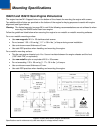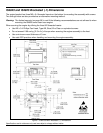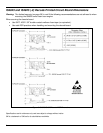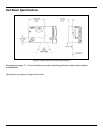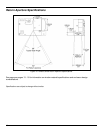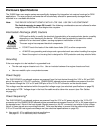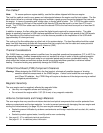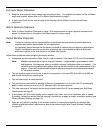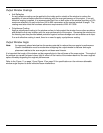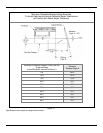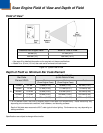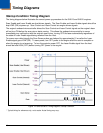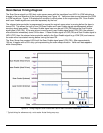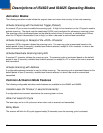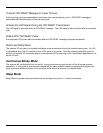
14
Output Window Coatings
• Anti-Reflection
An anti-reflective coating can be applied to the inside and/or outside of the window to reduce the
possibility of internal beam reflections interfering with the scan performance of the engine. If an anti-
reflective coating is applied, it is recommended that it be on both sides of the window providing a 0.5%
maximum reflectivity on each side from 640 to 690 nanometers at the nominal window tilt angle. The
coating must also meet the hardness adherence requirements of MIL-M-13508.
• Polysiloxane Coating
Apply a polysiloxane coating to the window surface to help protect the window from surface scratches
and abrasions that may interfere with the scan performance of the engine. Recessing the window into
the housing can also provided added protection against surface damage such as scratches and chips.
If an anti-reflective coating is used, there is no need to apply a polysiloxane coating.
Output Window Angle
Note: An improperly placed window has the serious potential to reduce the scan engine’s performance.
Careful consideration must be made when designing the output window’s distance and angle
placement relative to the scan engine’s exit beam and chassis.
It is important that angle of the window not be perpendicular to the exit beam of the scan engine. The angle of
the window can cause the beam’s laser light to reflect off the inside of the window back into the scan engine’s
optics ultimately degrading the engine’s performance.
Refer to the Figure 11 on page 15 and Figure 12 on page 16 for specifications on the minimum allowable
window angle required to avoid reflective beam interference.



